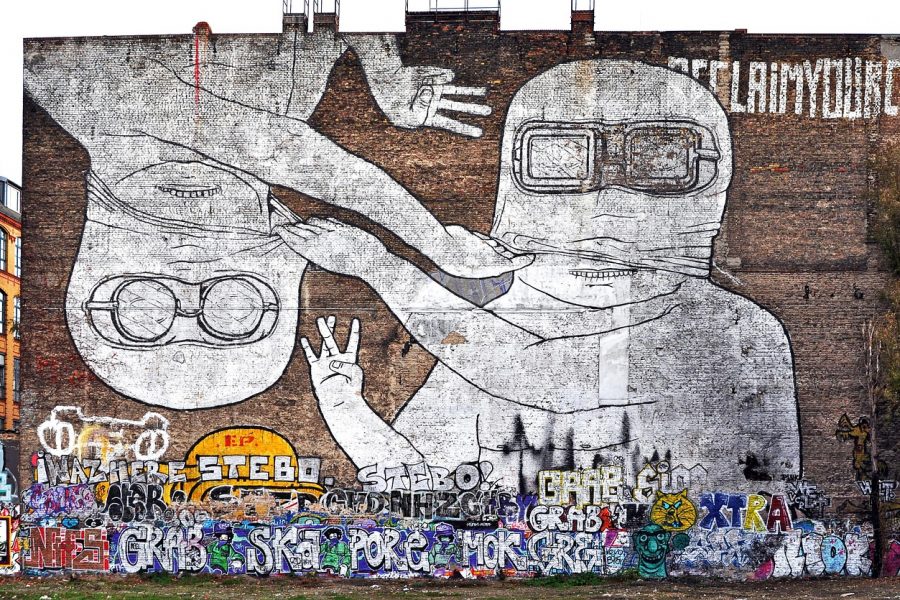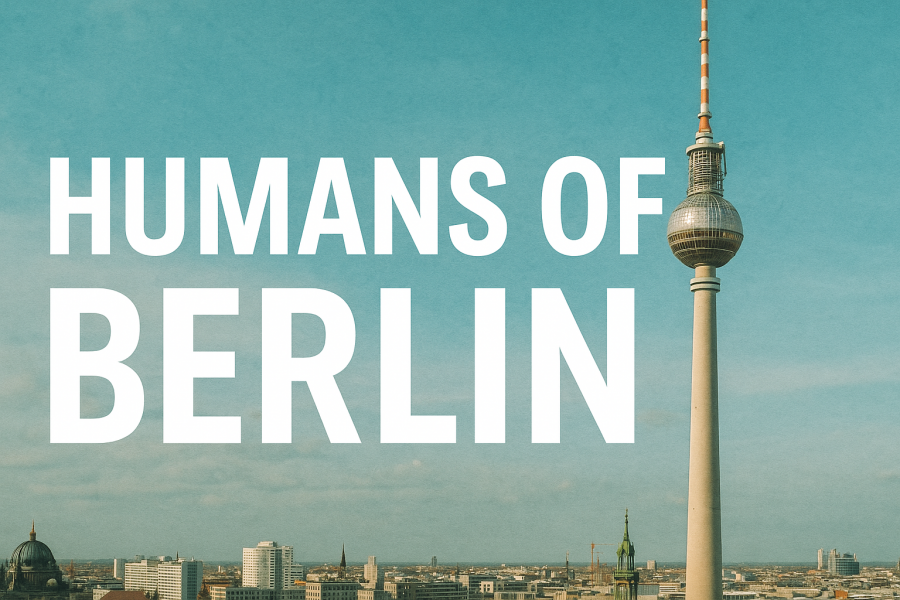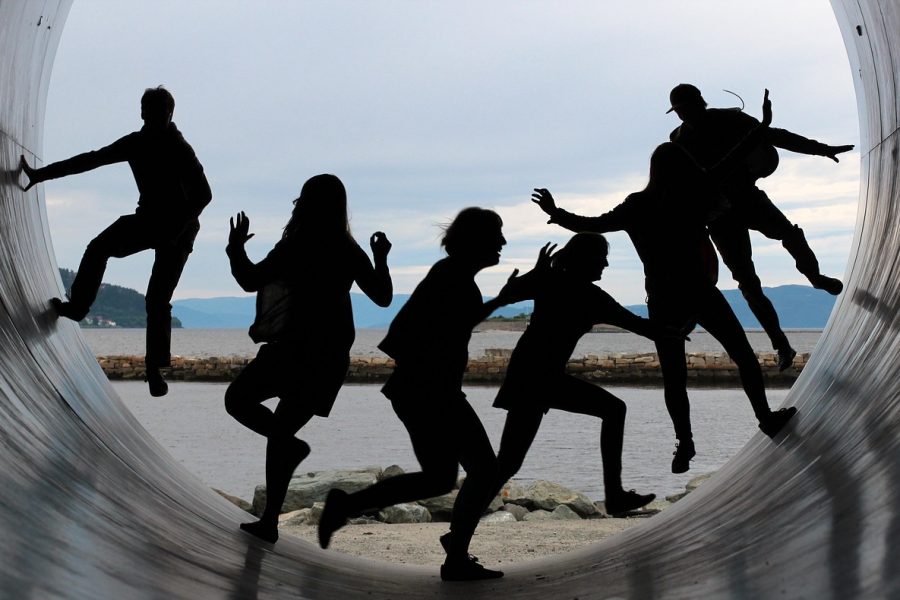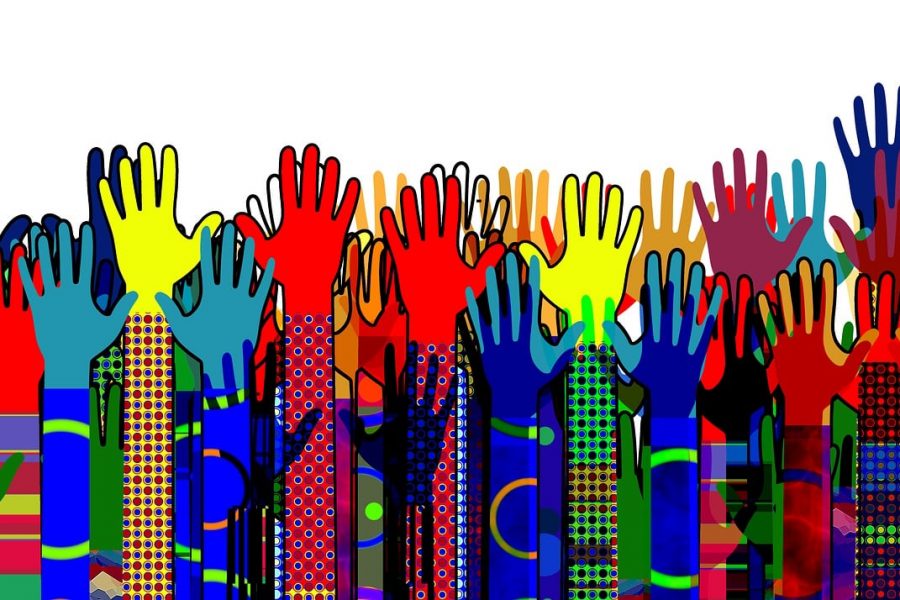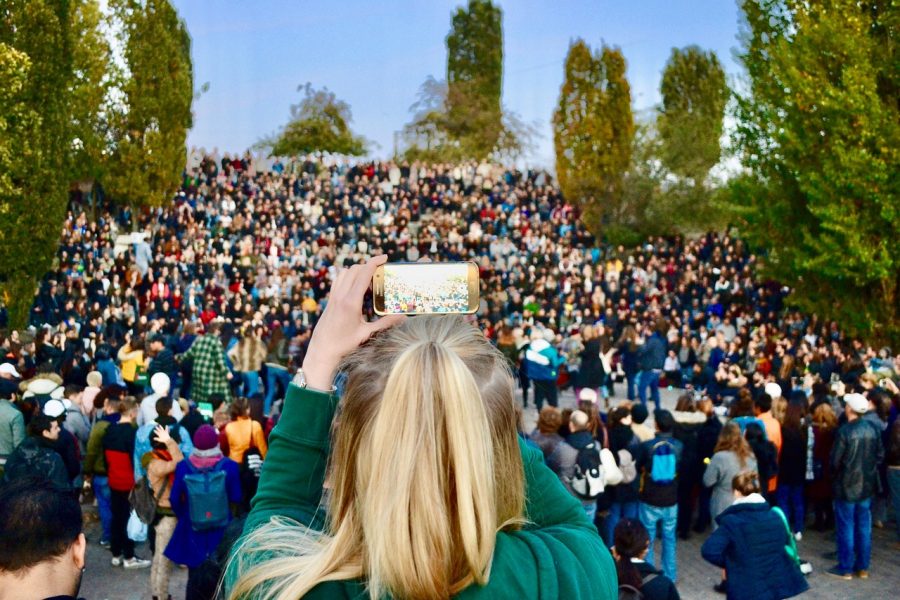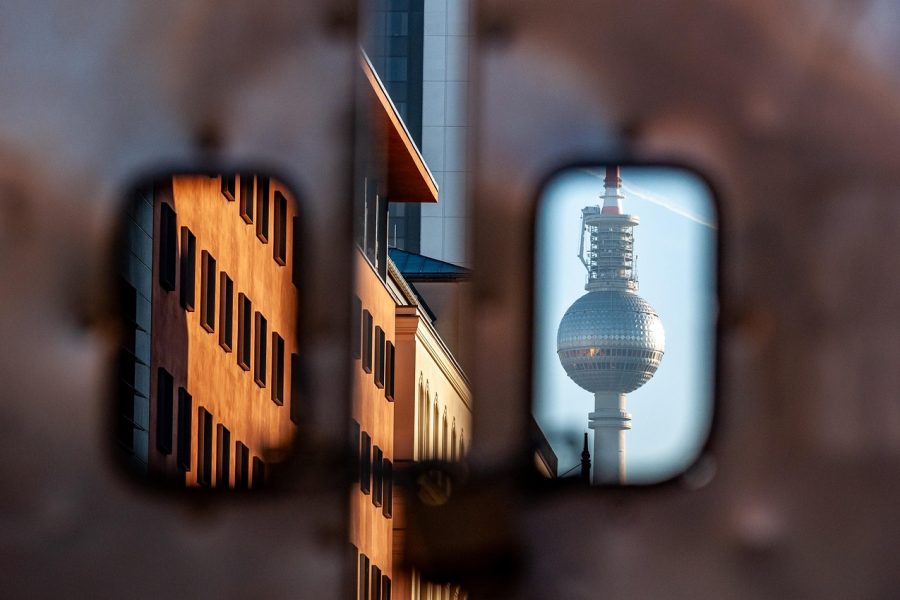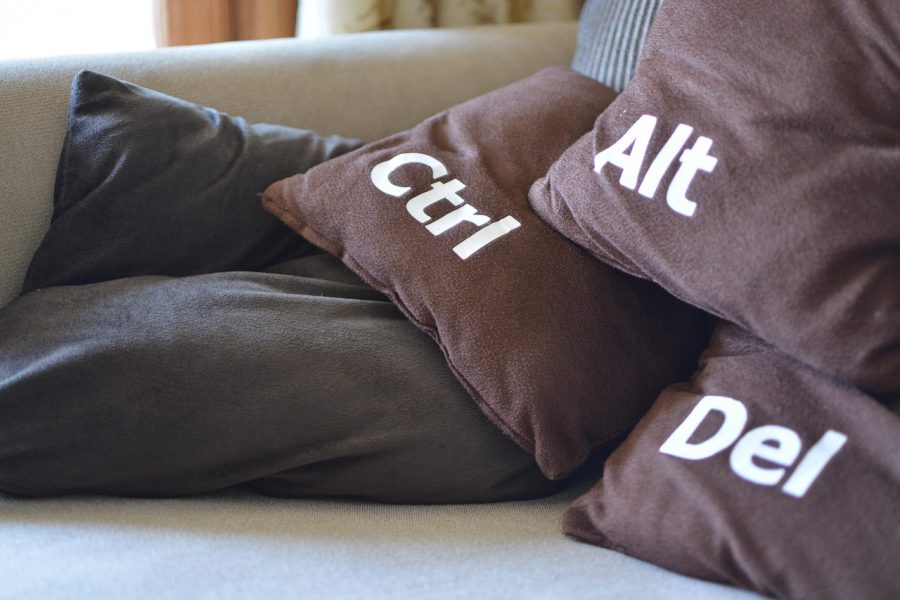I’ve often said that in France every region has its dish, its wine, and its cheese; in Germany, every region has its dish, beer, sausage…and language. If we learned German before coming here, we learned “High German” (Hochdeutsch) – because it’s spoken in the high country… not because it’s lofty, or something – and then we landed in the country and we soon found ourselves confronted with dialect.
I’ve heard that other countries, like Italy, also have very different dialects, but I haven’t experienced that firsthand. A dialect is not a different language but it has its own accent and vocabulary. We don’t really have anything like it in the US – Germans will often point to the Deep South for dialect, but it’s not really dialect, just accent. Still, from dialects we get these interesting words, giving each region its own flavor. “Kiez” is one of those words.
It’s a neighborhood
The word Kiez, though, is not originally German. It’s a loanword from one of the slavic languages that used to be spoken by the original inhabitants of the Northeast, like the name “Berlin” itself. It probably comes from “chysa” or “hyža”, meaning hut or fishermen’s hut. Originally, it referred to an inhabited area that would provide goods and services to a local castle or fortification and it goes all the way back to the Middle Ages. I’ve heard that Kiez is used throughout the Northeast, but, aside from Usedom, I haven’t spent much time there and couldn’t say for sure.

The idea of a Kiez exists in just about every urban center. Traditional Cockney in London is a Kiez: folks who grew up within earshot of the Bow Bells. Paris has the idea of an arrondissement. It’s a neighborhood – The place where you spend most of your time, do all your shopping, where you have your local, where people know your name.
“A Kiez is something personal and intimate”
I’ve had Berliners explain it even a little further to say specifically that your Kiez is everything within easy walking distance from your house. It’s different from a quarter or a district; I live in Prenzlauer Berg, but that’s not my Kiez. Prenzlauer Berg is too big to be a Kiez.
No, my Kiez is the Rewe I go to and the guy who works behind the deli counter who is always friendly, and, surprisingly, always in a good mood; my Kiez is my local and the bar keep who is already pouring my drink before I sit down on the stool; my Kiez is my barber shop where everyone calls out my name when I walk through the door. My Kiez are all my neighbors in my apartment building and the chats that we have on the stairs. A Kiez is something personal and intimate even when city living can be so anonymous.
Walk your Kiez
You’ll hear people throwing the word Kiez around a lot, trying to show their Berlin cred; it’s probably one of the first words in Berlinerisch that you’ll pick up next to “jut” and “schön jewesen”. I’ve seen comedy sketches making fun of people from Schwabenland, peppering their small talk with it. But the more you live with it, the more it DOES become a part of you, just like all the other little Berlin bits that leave their mark. Rather than a social cue, showing off how well you’ve integrated into the city, it becomes a much more tangible thing. It starts to become part of you.
So, walk your Kiez, get to know it, and get to know the people who live in it. Go back to the same places and get to know the people who work there, live there, play there. It’s worth your time.

